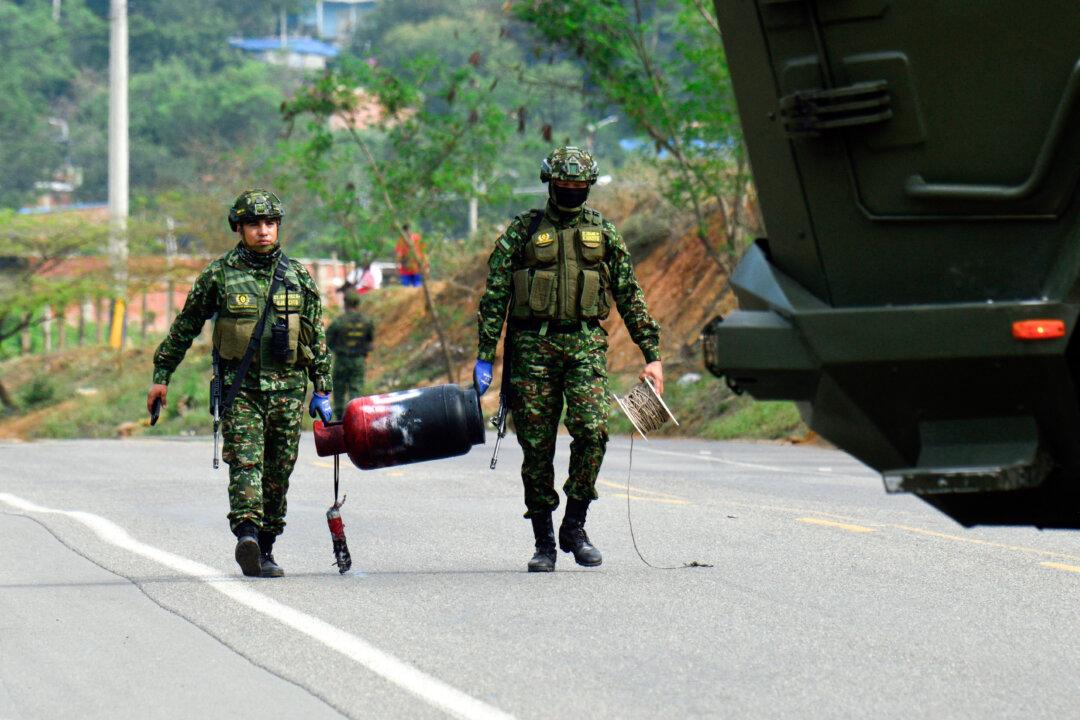Commentary
Thinking About China
Opinion
America’s Navy Is Failing—Triple Its Budget or Lose a War to Russia and China

The Arleigh-Burke class guided-missile destroyer USS Barry (DDG 52) conducting underway operations in the South China Sea on April 28, 2020. Samuel Hardgrove/U.S. Navy/AFP via Getty Images
Anders Corr has a bachelor’s/master’s in political science from Yale University (2001) and a doctorate in government from Harvard University (2008). He is a principal at Corr Analytics Inc. and publisher of the Journal of Political Risk, and has conducted extensive research in North America, Europe, and Asia. His latest books are “The Concentration of Power: Institutionalization, Hierarchy, and Hegemony” (2021) and “Great Powers, Grand Strategies: the New Game in the South China Sea” (2018).
Author’s Selected Articles




